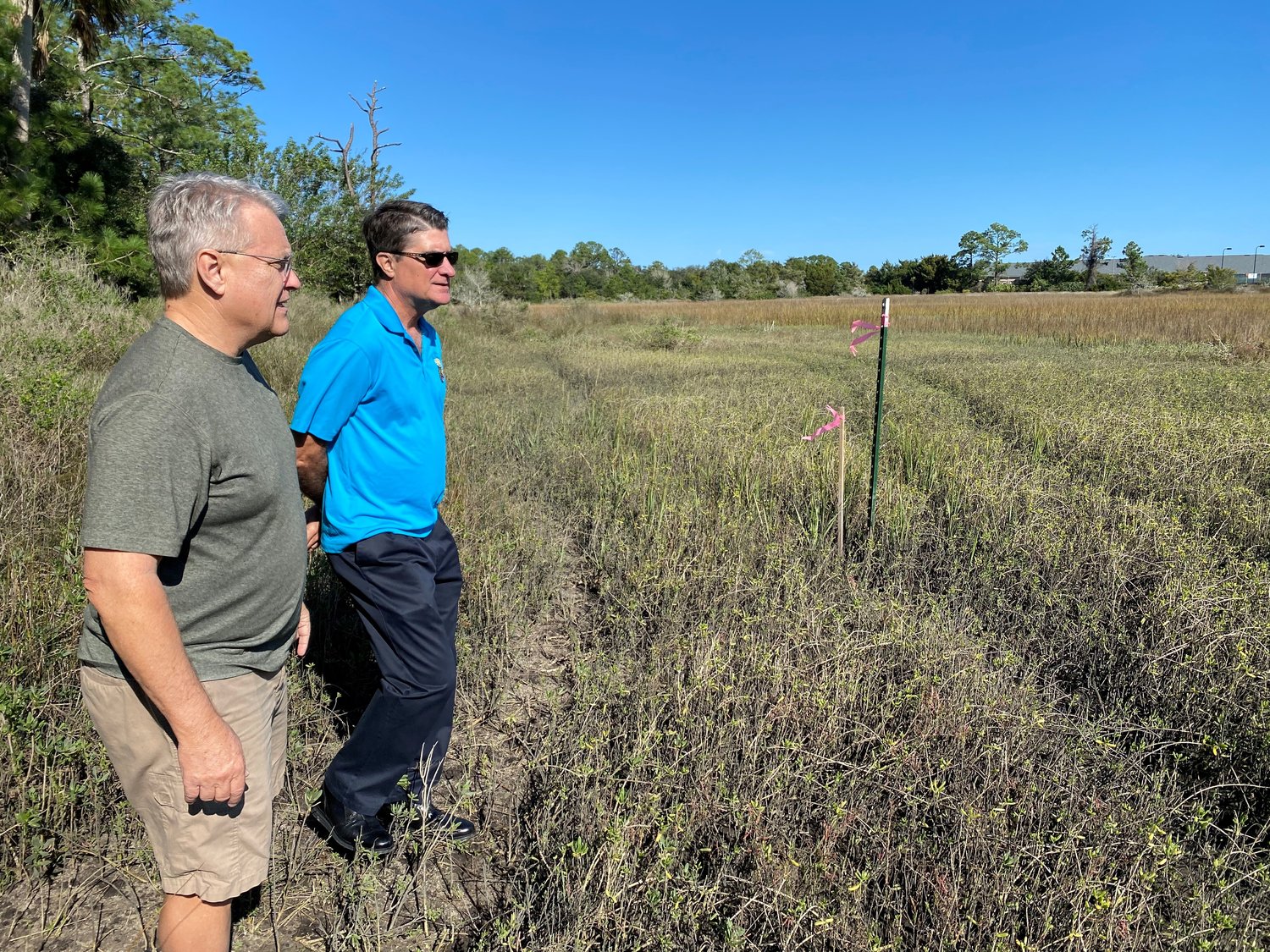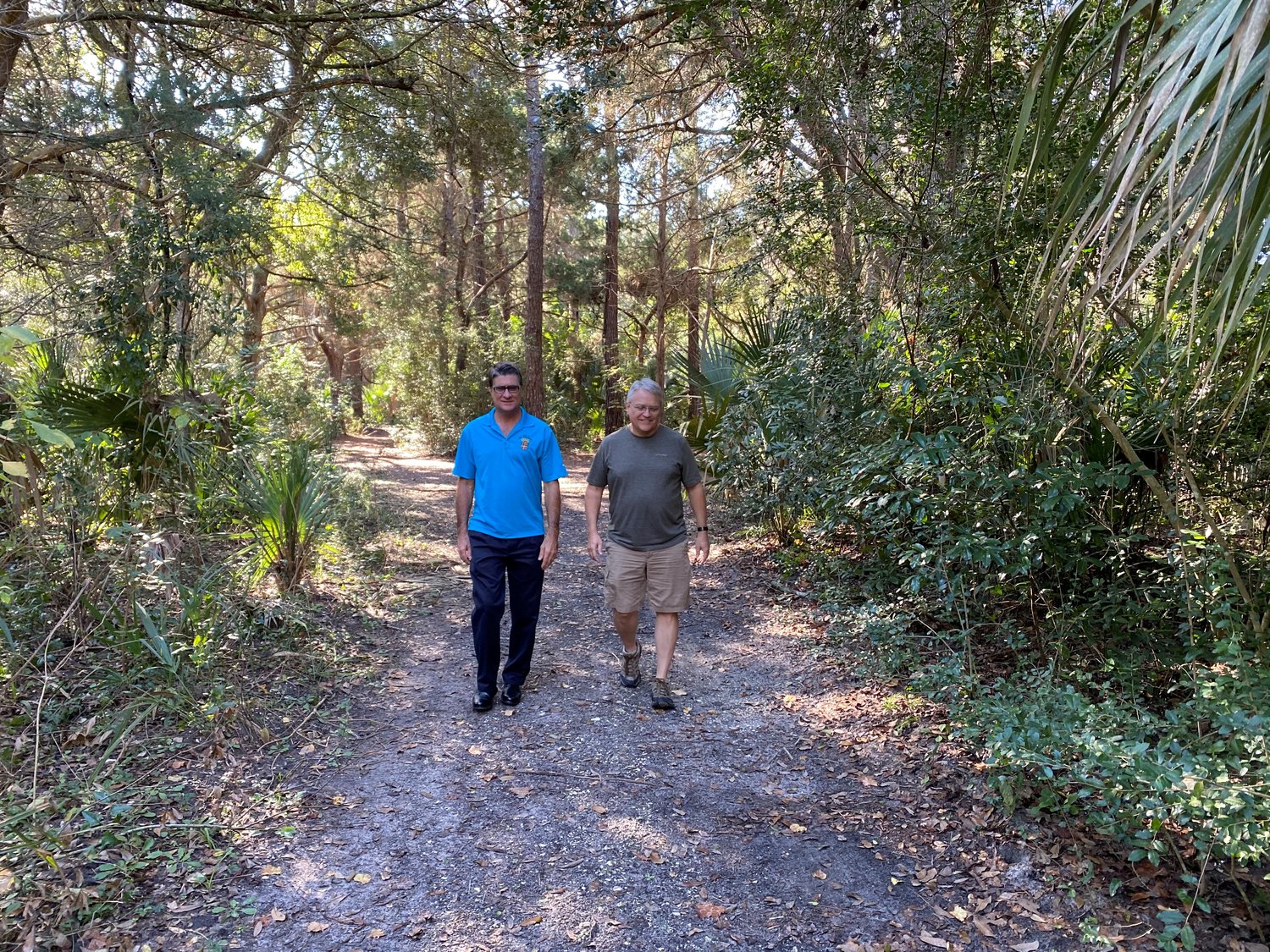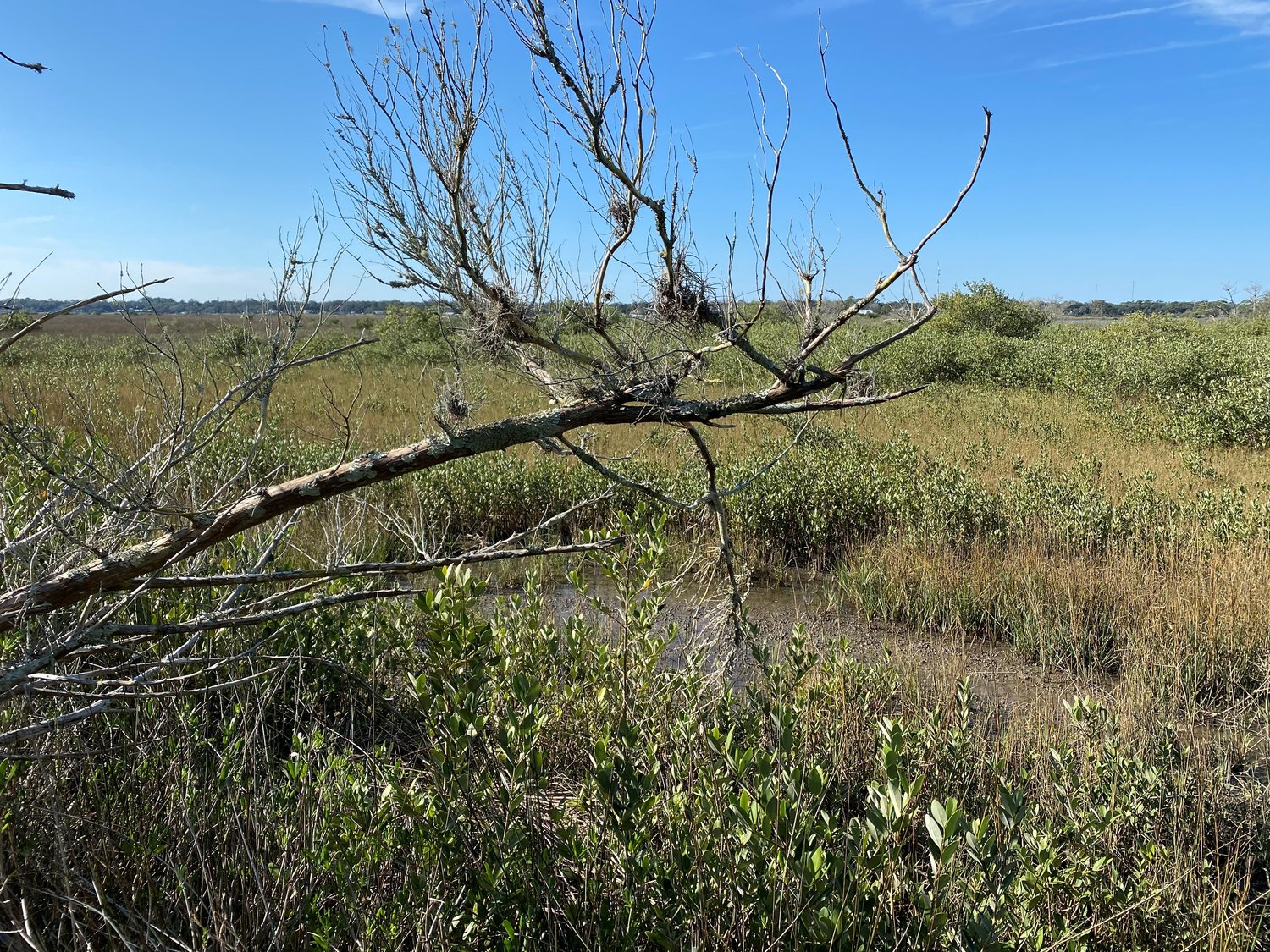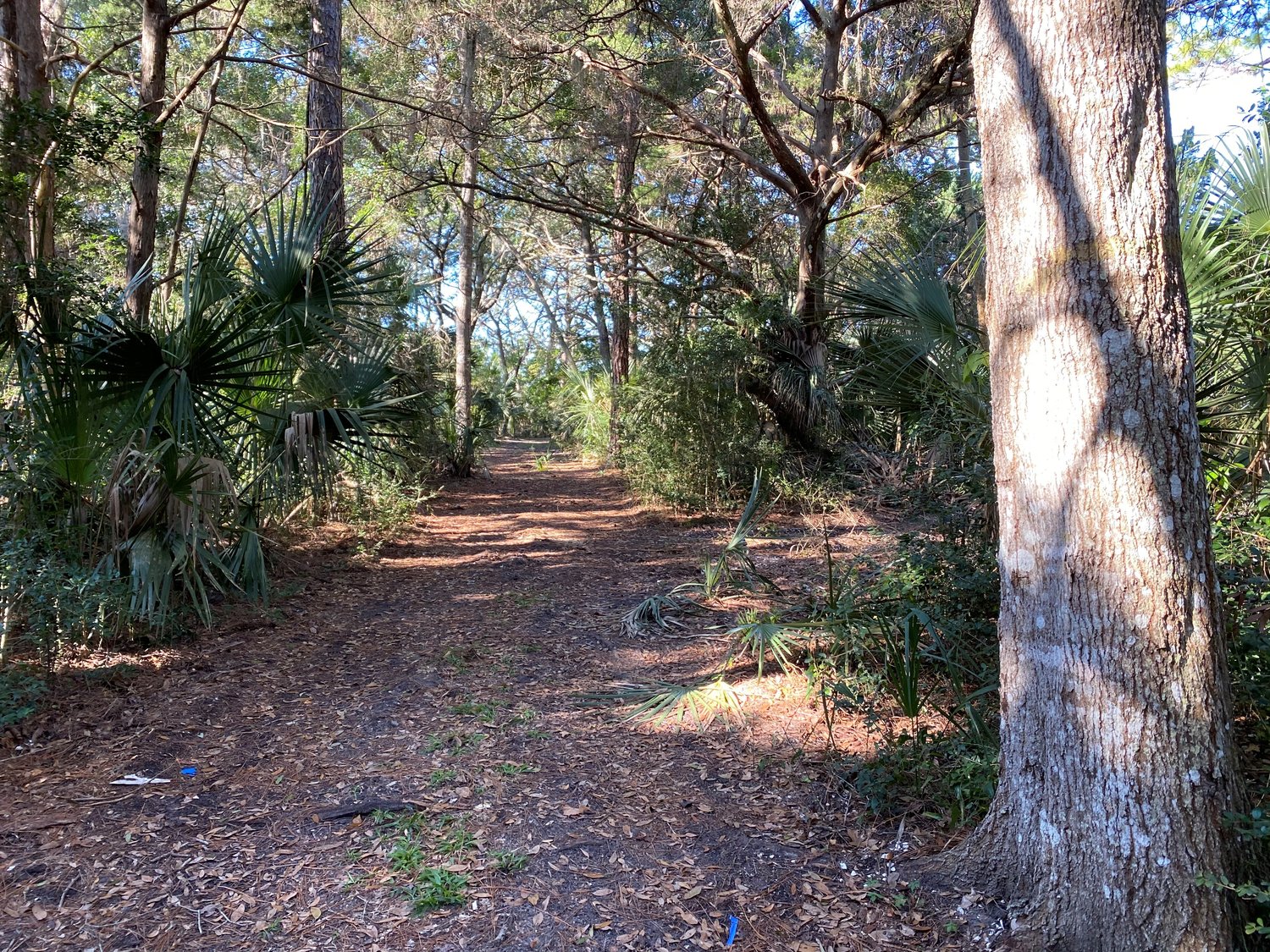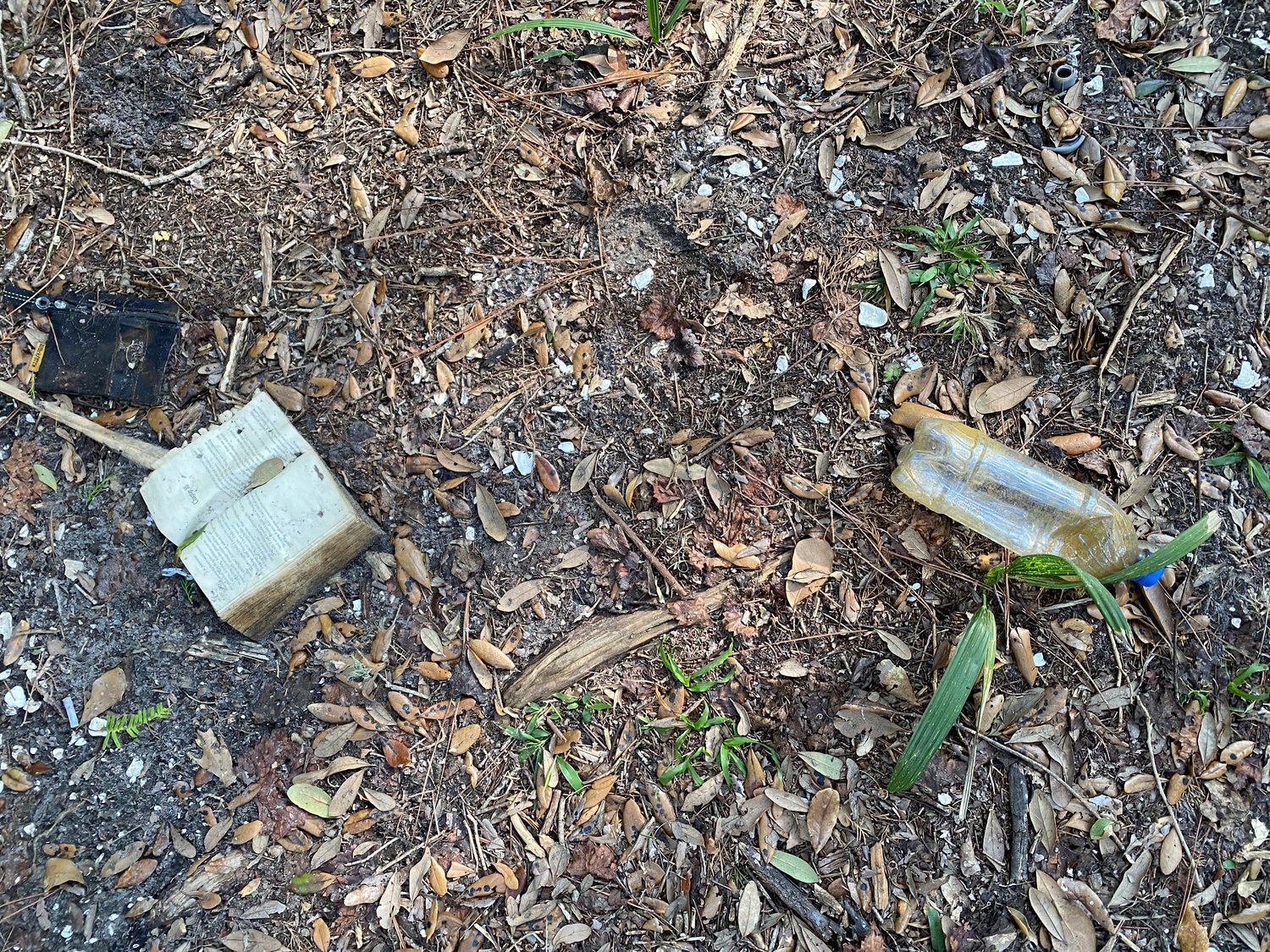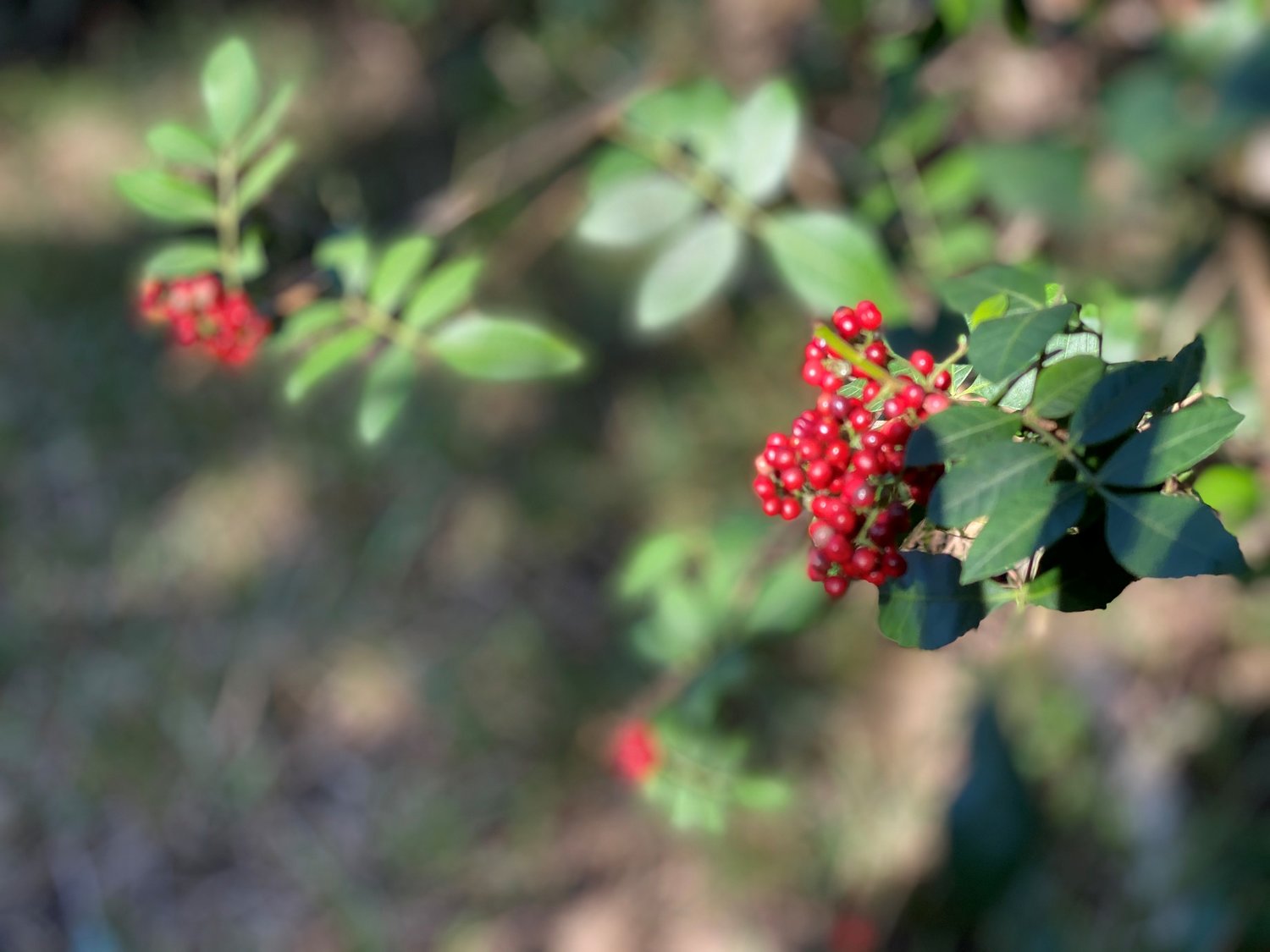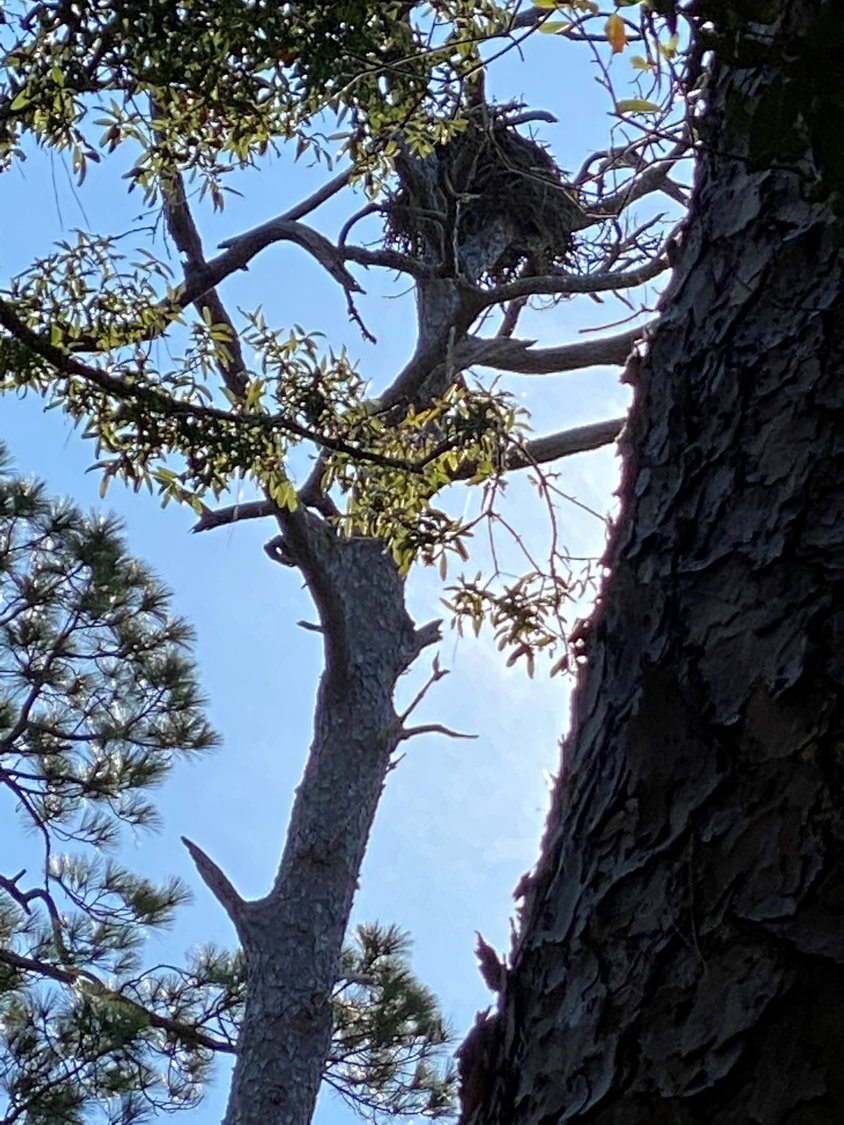Volunteers needed for Fish Island cleanup
In the mid-1750s a 12-year-old American lad named Jesse Fish was sent by New York City businessmen to St. Augustine to open up markets with Spanish merchants there. In his apprenticeship position, young Jesse learned quickly, proved uniquely talented at business, and before long, began investing in land.
Fish started an orange grove, planted 3,000 trees and named it “El Vegel.” Operating the grove with enslaved labor, he planted sweet and sour oranges and the sour ones were so popular in England, that they inspired the invention of the Whiskey Sour.
The grove expanded with the addition of other citrus crops and historians are not sure when it ceased operation. Over the years, the land, which became known as Fish Island, slowly reverted to its natural, wild state and Fish’s mansion slowly deteriorated. Its coquina foundation is all that remains and although no longer visible, historians know where his block house was, as well as some graves, the slave quarters and a wharf.
Surrounded by marsh and overlooking the Matanzas River part of the Intracoastal Waterway near the 312 Bridge, Fish Island has for decades interested real estate developers.
Many in the St. Augustine community resisted the idea of developers purchasing the pristine land. And years ago, Fish Island was put on the Florida Forever acquisition list in the hopes that someday funding would become available to buy and preserve it.
Save-Fish-Island-supporters celebrated last fall when purchase of the 59-acre plot of land was achieved for the state by North Florida Land Trust. And maintenance of the now-heavily wooded uplands turned over to the city of St. Augustine, which plans to turn it into a public park.
But before that can be done, Fish Island needs to be cleaned up. Technically no longer an island, as access to it was long ago filled in, it was inhabited by squatters for many years. Thirty homeless camps scattered around the island have been cleared and most of the debris removed.
The city will now host a volunteer cleanup effort to remove the rest of the trash the morning of Saturday, Jan. 11. About 100 people have signed up, but J.B. Miller, a volunteer retired state park biologist, said more are needed.
Fish Island “is a big deal, a Florida Forever acquisition part of the Northeast Florida Blueway,” Miller said one recent day as he walked around the property with Michael Cullum, chief resilience officer for the City of St. Augustine. “Many projects throughout the state are on the list,” Miller said, but purchase acquisitions must be supported by the governor and cabinet, there has to be strong support from the local community and money needs to be available.
“When it comes to thanking people, the list is endless,” Miller said, naming the Friends of Fish Island support group, political representatives, the city commission and North Florida Land Trust, which was able to negotiate a contract for $6.5 million with the owner, Jacksonville businessman Jim Young.
Since the city did not have it in the budget to help with the purchase, “we agreed to provide in-kind services to manage, operate and maintain the property,” Cullum said.
While the name of the park is still to be determined, it will be open to the public as a place to come for peace and quiet and to be in nature, with walking and biking trails.
Trails already exist. Fish built his orange groves on top of pre-European shell middens, and evidence of those can be seen on the cleared paths that snake through the property. Many species of birds make their home there, Miller said. He also pointed to deer and wild hog tracks and to fiddler crab secretions for evidence of just some of the types of wildlife.
Unfortunately, “this was a very residential camping area,” Cullum said. “Homeless families lived here, and Mr. Young didn’t have experience dealing with that, so he asked the city to help.”
Contractors were sent in after the purchase and it took them nine days and many dumpster-loads to remove the trash left behind by the squatters, including sofas and other types of furniture.
“The amount of trash was beyond disgusting,” Miller said. Fortunately, the contractor did a great job, “but there is still debris here and that is the reason for the cleanup.”
The effort will take place from 8 a.m. to noon, with volunteers divided into two shifts and five different zones. They will be issued gloves, garbage tongs and buckets and rolling trashcans will be used to take the trash to dumpsters. No plastic bags will be used.
The cleanup will be hosted by Matanzas Riverkeeper, with parking available in parking lots of office complexes adjacent to the entrance. Registration is not required but is encouraged by going online to matanzasriverkeeper.org or by emailing Jen@matanzasriverkeeper.org.
Volunteers are urged to come prepared by wearing long sleeves and closed-toe shoes. They should also bring bug repellent, sun protection and a water bottle.
The address is Fish Island, 1301 Plantation Island Drive South, St. Augustine.


